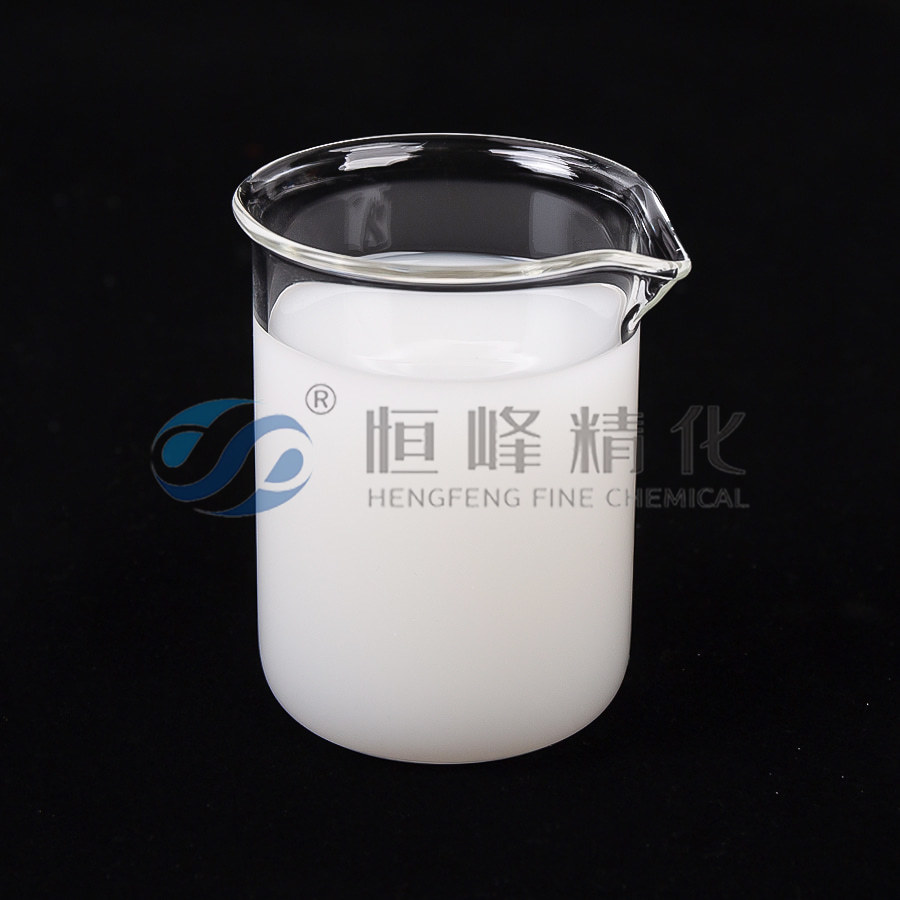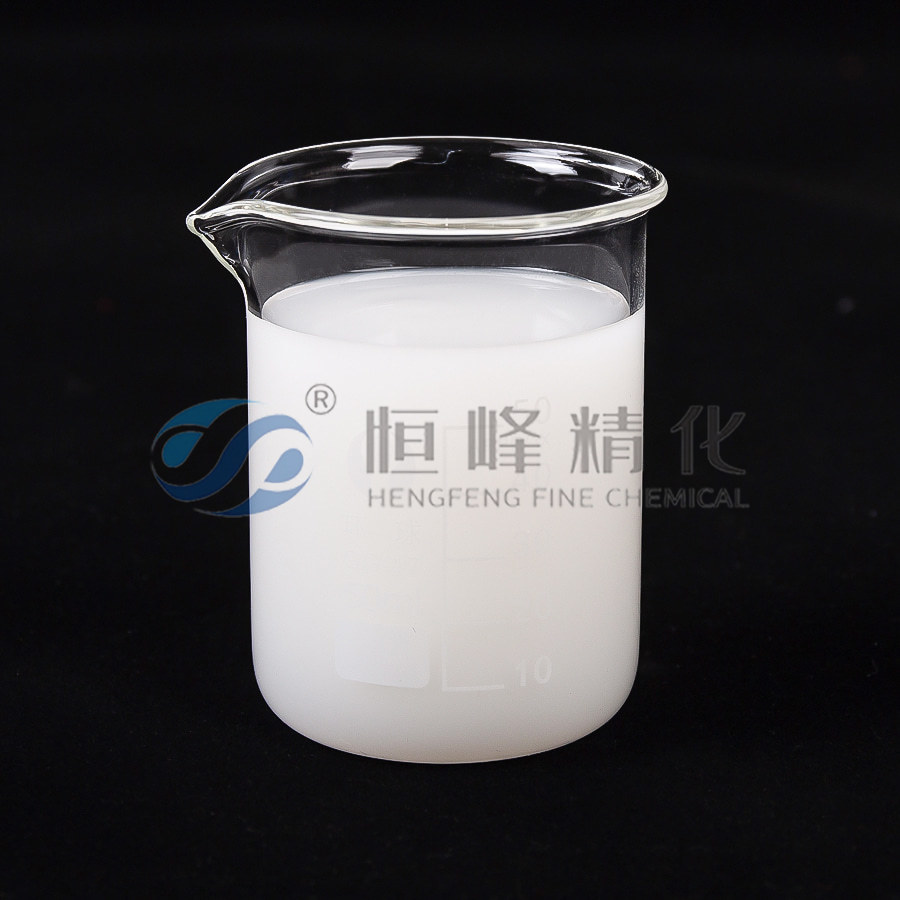The Role of Particle Size Distribution in Flocculant Performance for Mineral Processing
In mineral processing, the use of flocculants is crucial for optimizing the solid-liquid separation process, where fine particles are aggregated into larger clusters to enhance sedimentation and improve mineral recovery. However, the effectiveness of flocculants isn't uniform across all applications. One of the most critical variables that influence flocculant performance is the particle size distribution (PSD) of the mineral slurry. Understanding how PSD affects the flocculation process can make the difference between a highly efficient operation and one fraught with inefficiencies and high costs.
Particle size distribution plays a pivotal role in determining how well the flocculant can aggregate mineral particles. In any given slurry, particles can range from ultra-fine to larger chunks, and the ratio between these sizes directly impacts the Mineral processing flocculant’s ability to form stable flocs. When the particle size is too fine, individual particles have a larger surface area relative to their volume, which may require a higher dosage of flocculant to achieve sufficient coverage. Conversely, larger particles tend to settle more easily and may not require as much flocculant. The challenge arises when there is a broad PSD, with a mix of fine and coarse particles, as the flocculant needs to be carefully dosed to ensure that both ends of the size spectrum are adequately addressed without overuse, which could drive up costs.

Fine particles, often referred to as "fines," present the most difficulty in flocculation. Due to their small size and high surface charge, they are prone to remain suspended in the liquid, which complicates their aggregation. Flocculants must bridge these fine particles effectively, but when the PSD is skewed heavily towards smaller sizes, the result can be slow settling rates and the formation of weak, unstable flocs. In such cases, selecting a high molecular weight flocculant may improve performance, as these tend to create stronger bridges between particles, enabling better sedimentation. However, the increased surface area of fine particles also means that more active sites are exposed, often requiring higher flocculant dosages, which can raise operational expenses and create issues with overdosing, leading to excessive sludge or cloudy supernatant.
On the other hand, slurries with predominantly larger particles are less demanding in terms of Mineral processing flocculant usage. Coarse particles are naturally more inclined to settle, requiring less flocculant to promote their aggregation. However, if the distribution includes both large and fine particles, the coarse particles can sometimes "sweep" the fines down during sedimentation, resulting in inconsistent separation. This phenomenon is referred to as “hindered settling,” where the larger particles move faster than the finer ones, creating zones where the flocculant fails to fully function as intended. Balancing the PSD in such a case becomes vital, often requiring the use of dual flocculant systems or coagulants to ensure uniformity in floc size and settling speed.


 English
English Español
Español عربى
عربى Русский
Русский Tiếng Việt
Tiếng Việt
















